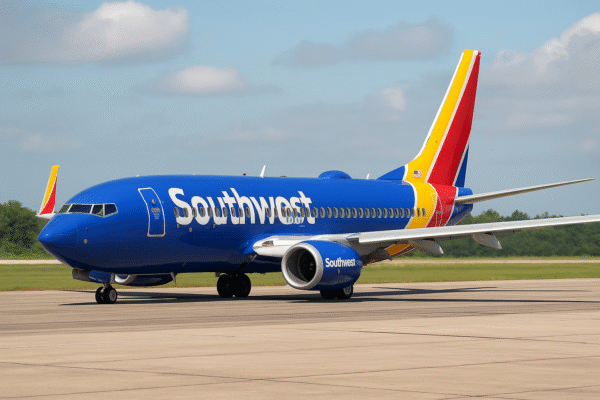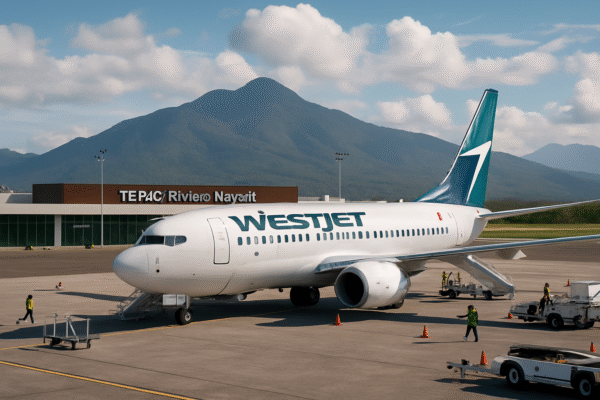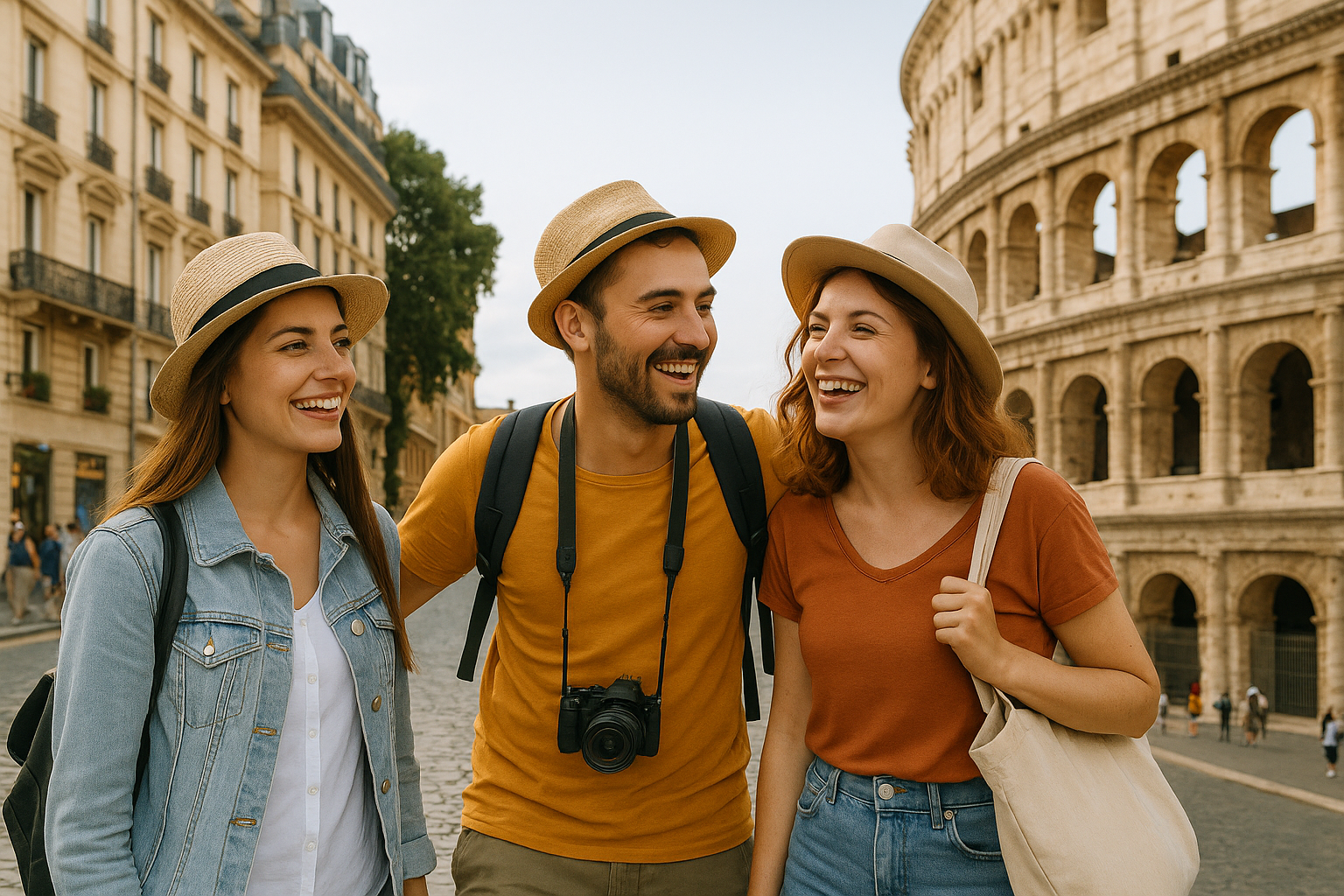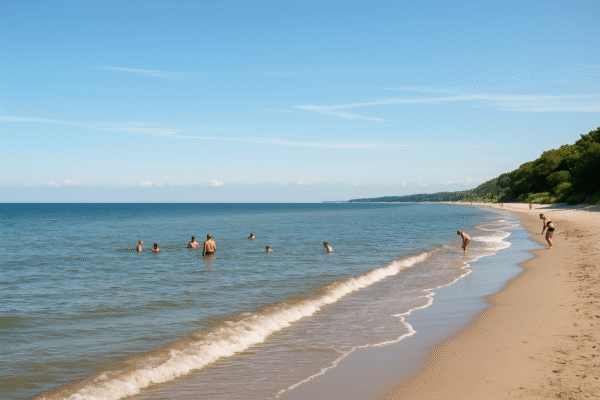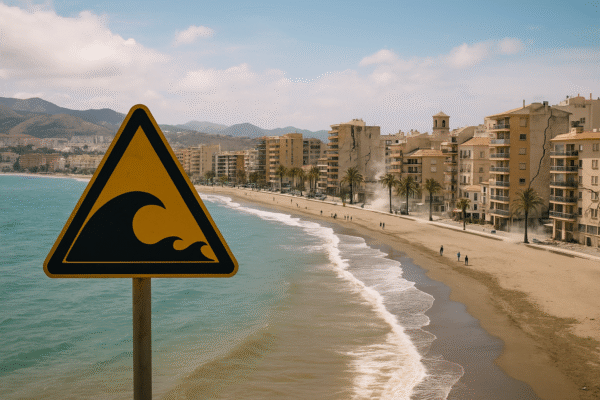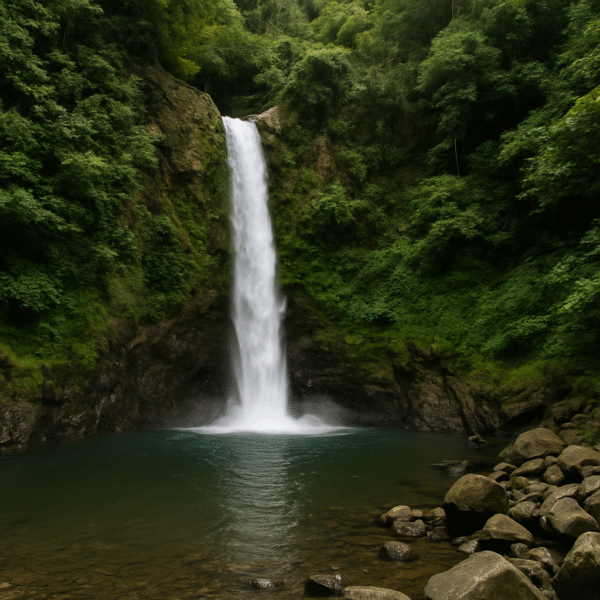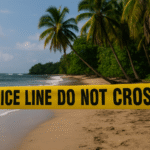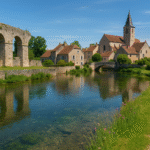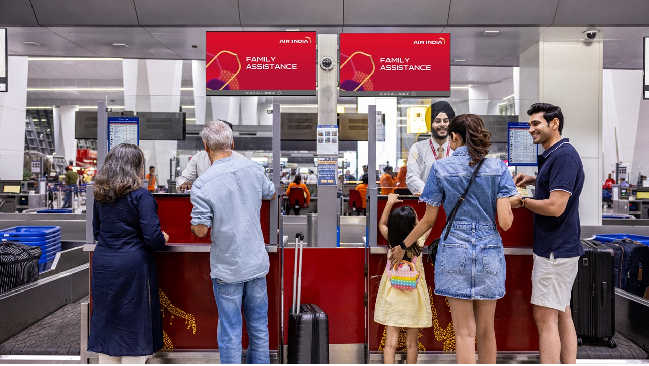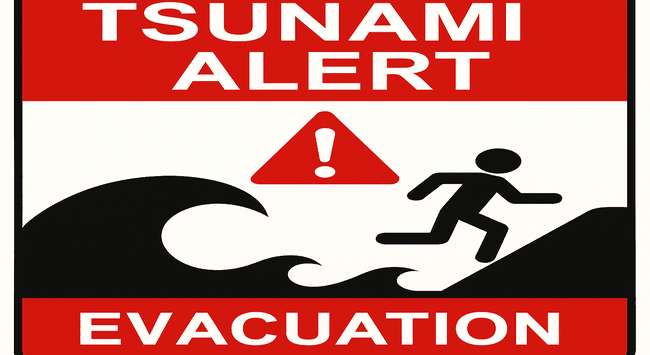Nestled deep in the misty highlands of Barangay Lon-oy, San Gabriel, in the northern Philippine province of La Union, Dupagan Falls is fast becoming a beacon of eco-tourism and a vital lifeline for thousands of locals. While it dazzles visitors with its pristine cascades and forest-lined trail, this hidden treasure is far more than just a scenic spot—it’s a source of drinking water, livelihood, and environmental education.
The cool, spring-fed waters of Dupagan Falls sustain over 1,000 families in surrounding barangays, providing essential resources for cooking, hygiene, and agriculture. The waterfall is a core element of the region’s watershed, closely protected by locals determined to preserve it for future generations. Its reach extends as far as San Fernando City, underscoring the interconnectedness between the region’s natural environment and its economic well-being.
A Model of Community-Driven Eco-Tourism
San Gabriel is charting a course toward sustainable tourism development, and Dupagan Falls stands at the heart of this mission. Once mainly known for its fertile agricultural lands, the town has successfully repositioned itself as a responsible travel destination. Visitors to Dupagan are now part of a larger vision—one that promotes nature appreciation and cultural awareness without compromising ecological balance.
Among the standout practices is the mandatory use of licensed tour guides, a local ordinance that ensures both visitor safety and community empowerment. Over 100 trained guides serve as both navigators and environmental educators. These guides offer rich insights into the biodiversity of the area, the cultural importance of the watershed, and the urgent need for conservation.
Visitors are also charged a modest environmental fee of PHP 50, which supports trail maintenance, community tourism initiatives, and environmental education programs. This model ensures that tourism revenue flows back to the community, enabling the continuous protection of Dupagan and surrounding natural attractions like Palpalaidan Falls and Bakes River.
The Journey to Dupagan Falls: A Raw Nature Adventure
Getting to Dupagan Falls is an adventure in itself—one that deepens the traveler’s connection with nature. The 30 to 40-minute trek involves crossing a swaying hanging bridge, visiting a micro-hydro power plant, and traversing lush forest trails that echo with bird calls and the distant rush of water. This immersive journey through the uplands culminates in the sight—and sound—of Dupagan’s majestic waterfalls.
Tourism officer Daryl Dacumos emphasizes the value of this journey, explaining that visitors are encouraged not just to swim, but to reflect, learn, and connect with the environment. “You don’t just come to swim—you go there to learn, to connect, and to appreciate,” Dacumos shares. The goal is for visitors to understand the deeper meaning of their travel—one that respects the natural resources they are privileged to enjoy.
For first-time visitors like Erika Villanueva from Manila, the experience is eye-opening: “When I discovered that these waters support entire communities, I realized it’s not just a place to go—it’s sacred.”
Environmental Awareness and Government Collaboration
At Dupagan Falls, the commitment to sustainability isn’t limited to grassroots efforts. Provincial and national government bodies are recognizing the area’s ecological value and acting to protect it. The Environmental and Natural Resources Office (ENRO) of La Union has initiated long-term conservation planning for the area, including integration into the Bokashi Ball water treatment campaign, which enhances water quality and reduces harmful bacteria in freshwater sources.
Meanwhile, the Department of Environment and Natural Resources – Provincial Environment and Natural Resources Office (DENR-PENRO) in La Union is actively involved in conservation outreach through public education and coastal clean-up campaigns, laying the foundation for broader protection of La Union’s critical natural habitats.
These combined efforts, both from the community and government agencies, signal a strong future for Dupagan Falls not just as a tourist destination, but as an ecological and cultural stronghold in Northern Luzon.
Vision for the Future: Sustainable Growth with Integrity
The future of Dupagan Falls hinges on responsible development that protects its waters and upland ecosystems from the negative impacts of over-tourism. While interest in the falls continues to grow—especially as travelers look for eco-friendly destinations in the Philippines—San Gabriel remains focused on preserving its unique balance of culture, conservation, and commerce.
Plans for further eco-tourism infrastructure must be weighed carefully against the need to keep the site unspoiled. Proposals for a formal conservation management plan and long-term ecological monitoring are under consideration, with input from both local stakeholders and environmental experts.
As the global tourism industry shifts toward climate-conscious and community-inclusive travel, Dupagan Falls is well-positioned to become a leading model. Its story is not only one of beauty but of shared responsibility—a reminder that the best destinations are those where people and nature thrive together.
For more travel news like this, keep reading Global Travel Wire
